Tezu Tourism
Search related to Arunachal Pradesh Tourism

Tezu is a small town located in the Lohit district of Arunachal Pradesh, India. It is situated on the banks of the Lohit River, which is a tributary of the Brahmaputra River. Tezu is the district headquarters of Lohit district and is an important administrative and commercial center in the region.
History
Tezu has a rich history that dates back to ancient times. According to legend, Tezu was founded by a prince named Naga-Joloi, who was the son of a celestial king. The town was initially known as Tamalikuchi and was an important center of trade and commerce between India and China. Over time, the town came under the rule of various dynasties, including the Ahoms and the Chutiyas. In the 19th century, the British established their presence in the region, and Tezu became a part of British India. During the Second World War, Tezu was an important center of the Allied Forces, who used the town as a base for their operations in Burma. After India gained independence in 1947, Tezu became a part of the Indian Union.
Geography
Tezu is located at an altitude of 200 meters above sea level and is situated on the banks of the Lohit River. The town is surrounded by hills and forests and is located in a region that is rich in natural resources. The climate of Tezu is tropical, with hot and humid summers and mild winters. The monsoon season, which lasts from June to September, is characterized by heavy rainfall.
Demographics
Tezu has a population of around 30,000 people, according to the 2011 census. The majority of the population is made up of indigenous tribes, including the Mishmis, the Digarus, and the Khamptis. Hindi and English are the main languages spoken in the town, although many people also speak local dialects. The literacy rate in Tezu is around 70%, which is higher than the national average.
Economy
Tezu's economy is primarily based on agriculture, with rice being the main crop grown in the region. Other crops grown in the area include millet, maize, and vegetables. Tezu is also known for its horticulture, with oranges, pineapples, and bananas being grown in the region. In addition to agriculture, the town is also home to a small number of industries, including sawmills and plywood factories. The government is also investing in the development of tourism in the region, which has the potential to become a major source of income for the town.
Culture
Tezu has a rich and diverse culture, which is reflected in its festivals and traditions. The Mishmi tribe, which is the largest indigenous community in the region, celebrates a number of festivals throughout the year, including the Lossar festival, which marks the beginning of the Mishmi New Year. The Khampti tribe, which is also present in the region, celebrates the Rongker festival, which is a harvest festival that is celebrated in December. The town is also home to a number of religious sites, including the Golden Pagoda, which is a Buddhist temple that is visited by pilgrims from all over the region.
Tourism
Tezu is a popular tourist destination, thanks to its natural beauty and rich cultural heritage. The town is surrounded by hills and forests, which offer ample opportunities for trekking and hiking. The Lohit River, which runs through the town, is a popular spot for fishing and boating.
- State :
- Arunachal Pradesh
How to Reach Tezu
Complete List of Tehsils in Tezu District, Arunachal Pradesh
| S.No | Tehsil / Taluk Name | District Name | State Name |
|---|
Discover Exciting Places to Visit in Agra, Uttar Pradesh - Your Ultimate Travel Guide
Are you ready to explore the wonders of Agra, Uttar Pradesh? From the majestic Taj Mahal to hidden gems waiting to be discovered, our travel guide unveils the most captivating
Explore Exciting Places to Visit in Mumbai, Maharashtra - Your Ultimate Travel Guide
Ready for an adventure? Mumbai, in the beautiful state of Maharashtra, is packed with amazing places waiting to be explored! From iconic landmarks to hidden gems, Mumbai has something for
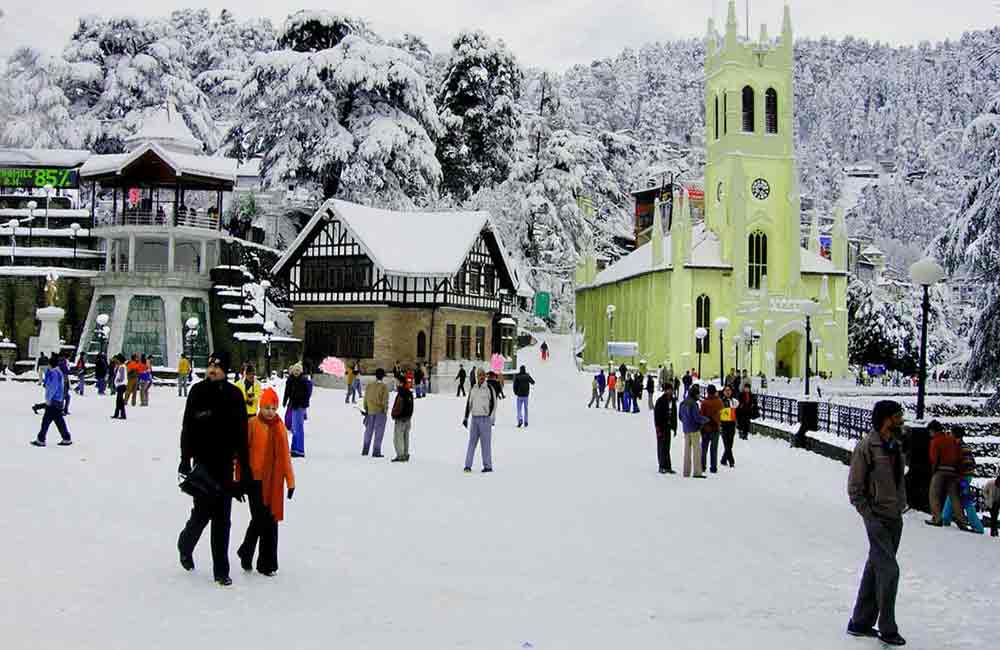
Explore the Wonderful Places to Visit in Manali, Himachal Pradesh - Your Ultimate Guide!
Ready for an exciting adventure? Discover the places to visit in Manali, Himachal Pradesh! From snowy mountains to lush valleys, there's something for everyone. Plan your trip now and explore
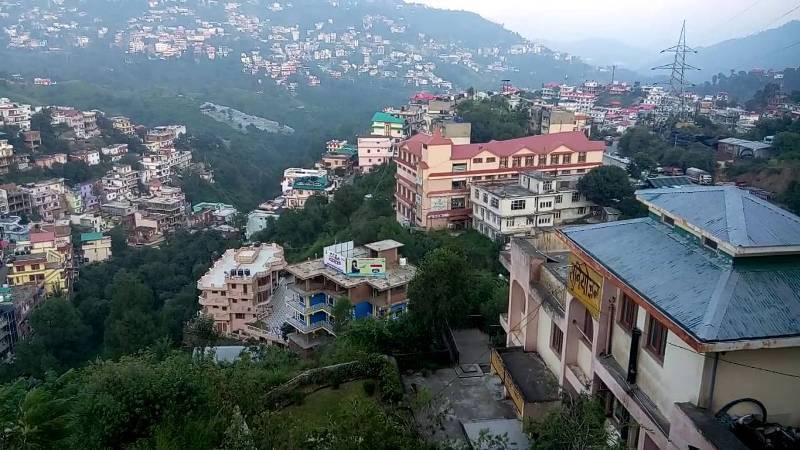
Places to Visit in Solan Himachal Pradesh - Explore the Best Tourist Spots
Discover the enchanting beauty of Solan Himachal Pradesh by exploring its myriad tourist spots. Whether you're seeking adventure or tranquility, Solan has something for everyone. From lush green valleys to
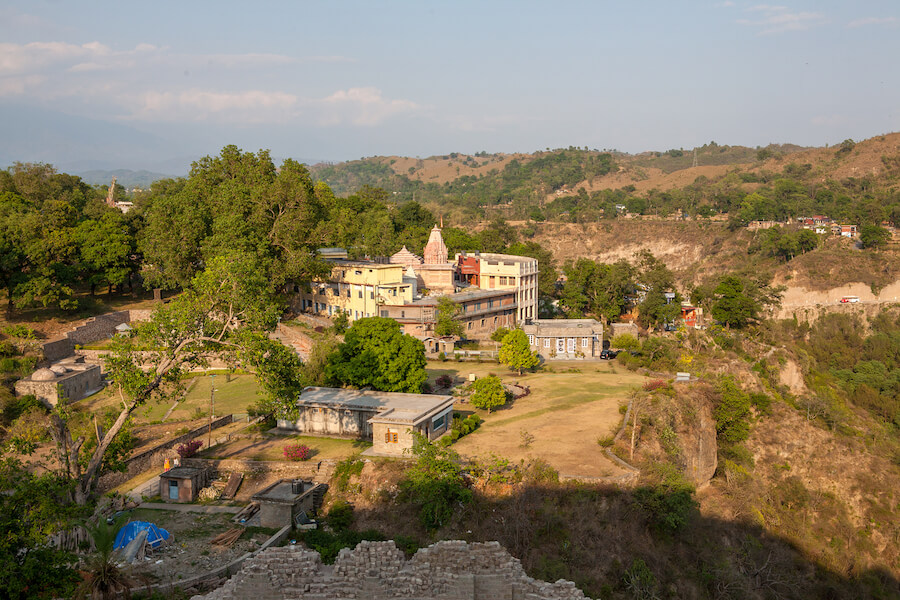
Discover the Best Places to Visit in Kangra, Himachal Pradesh: A Traveler's Guide
Ready for an exciting journey? Kangra, Himachal Pradesh welcomes you with open arms! Explore ancient temples, lush landscapes, and more in this enchanting valley. Let's uncover the best places to
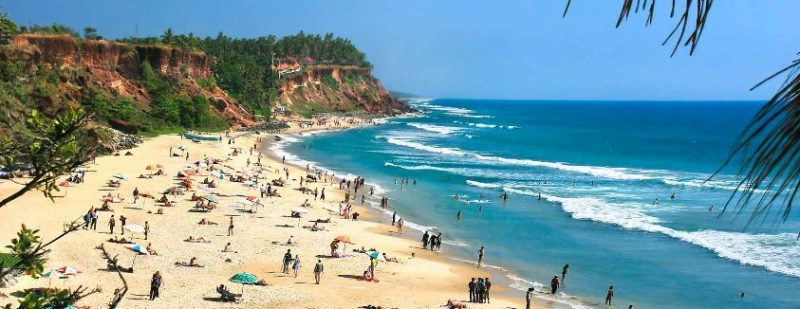
Explore Incredible Places to Visit in Varkala, Kerala: A Guide
Are you ready for an adventure? Varkala in Kerala is waiting for you! Discover the magic of this beautiful place with our guide to the best places to visit. From
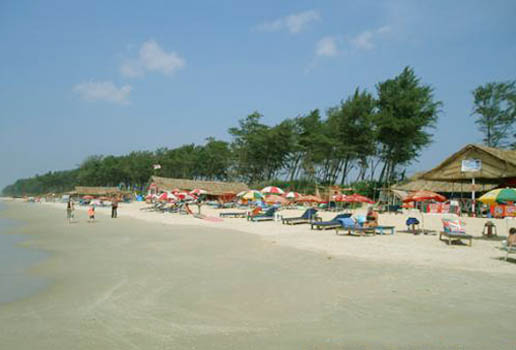
Explore Panaji, Goa: Discover the Best Places to Visit in the City
Ready for an adventure? Panaji, located in Goa, is packed with exciting places to visit. From ancient forts to picturesque beaches, there's never a dull moment in this lively city.
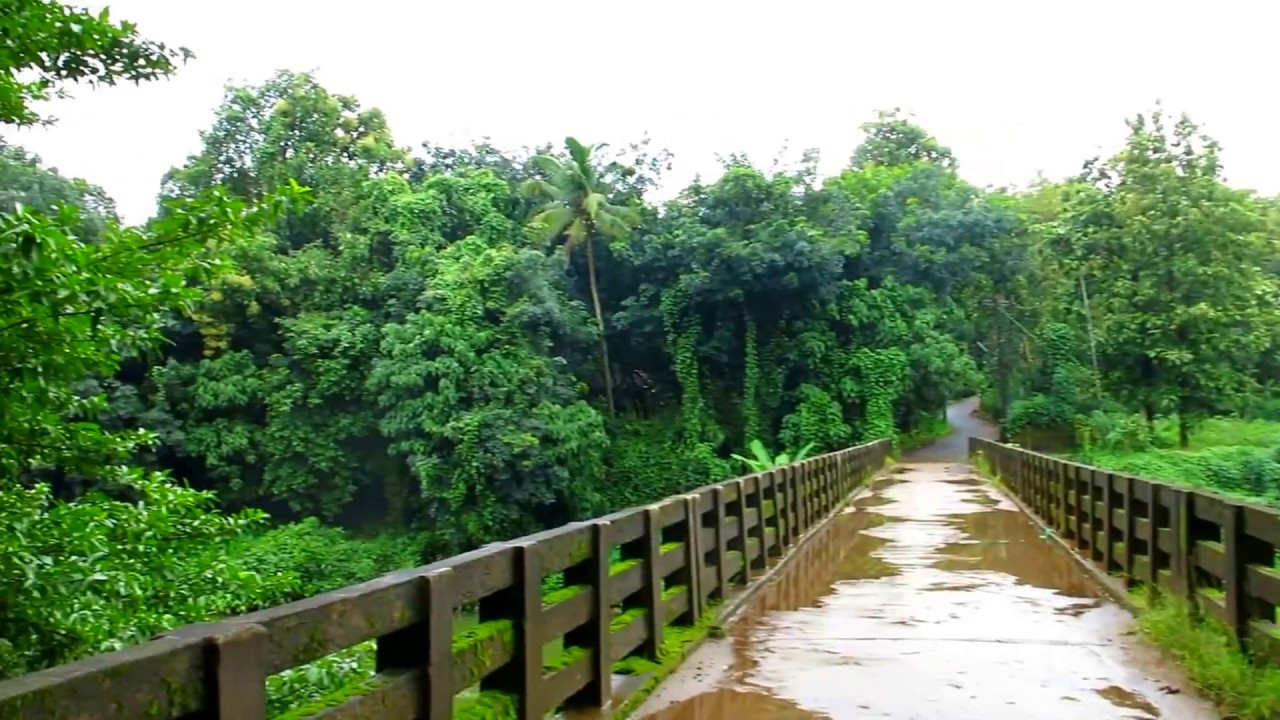
Explore the Best Places to Visit in Thrissur, Kerala – A Perfect Guide for Your Next Adventure!
Are you ready to explore Thrissur, Kerala? Get ready for an exciting journey through this vibrant city! Discover its rich history, stunning landmarks, and fascinating culture. With our guide to
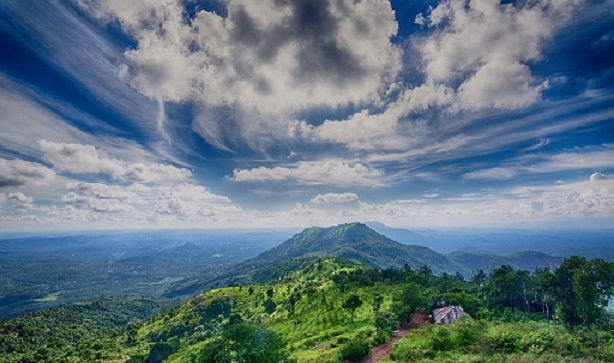
Explore the Best Places to Visit in Malappuram, Kerala - A Traveler's Guide
Dive into the beauty of Malappuram, Kerala with our ultimate travel guide! From picturesque beaches to fascinating historical sites, explore the best places to visit in Malappuram Kerala. Whether you're
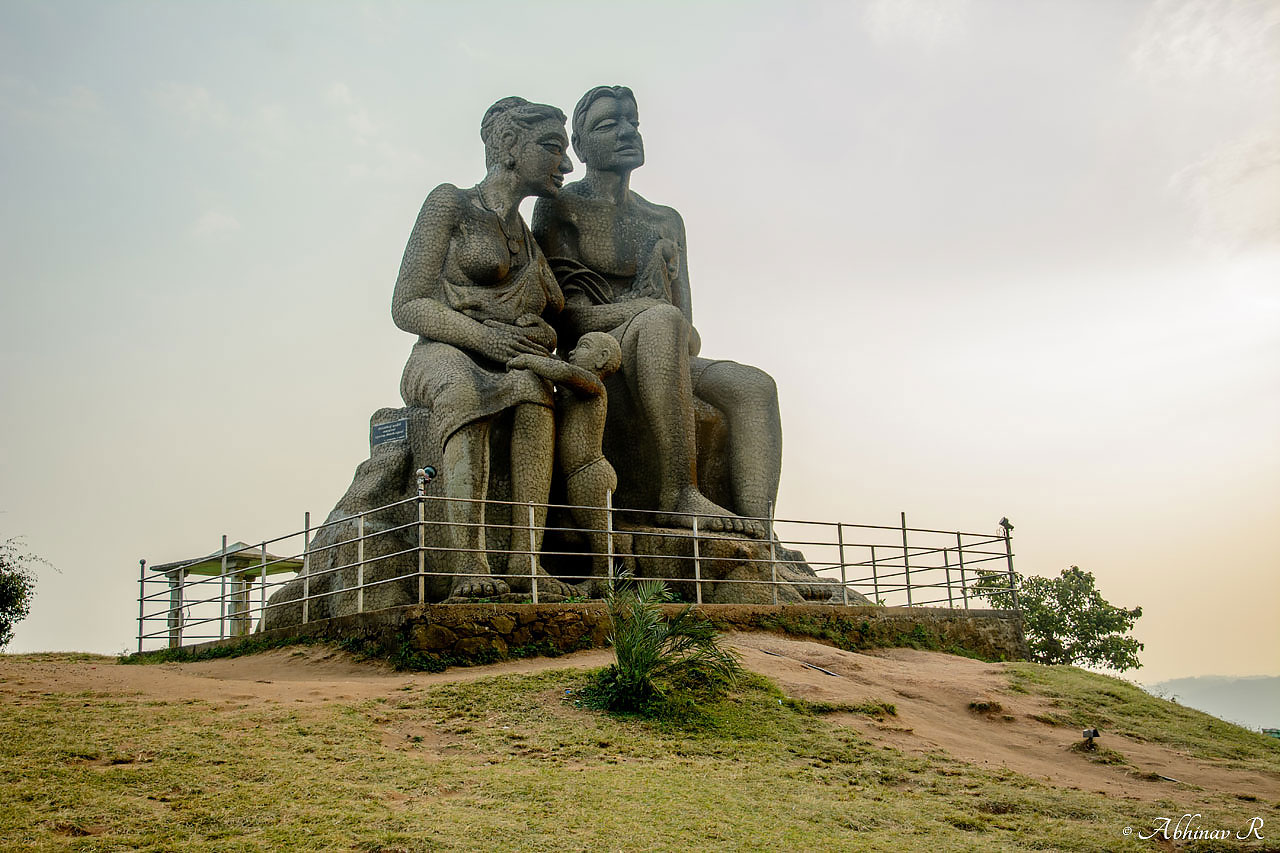
Explore the Best Places to Visit in Idukki, Kerala - A Traveler's Guide
Discover the mesmerizing beauty of Idukki, Kerala with our guide to the best places to visit. From breathtaking landscapes to serene lakes, explore the charm of this enchanting destination. Whether


